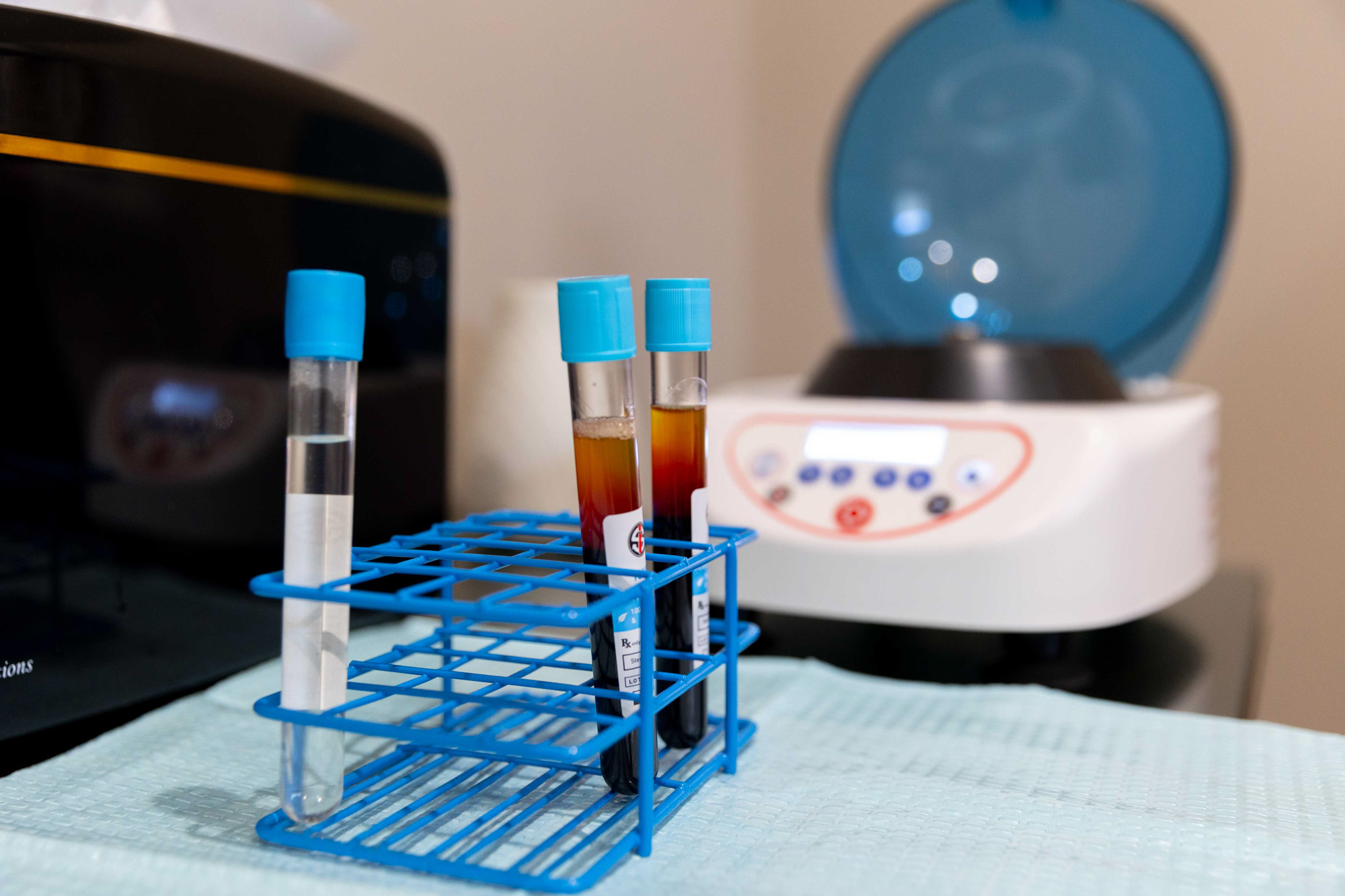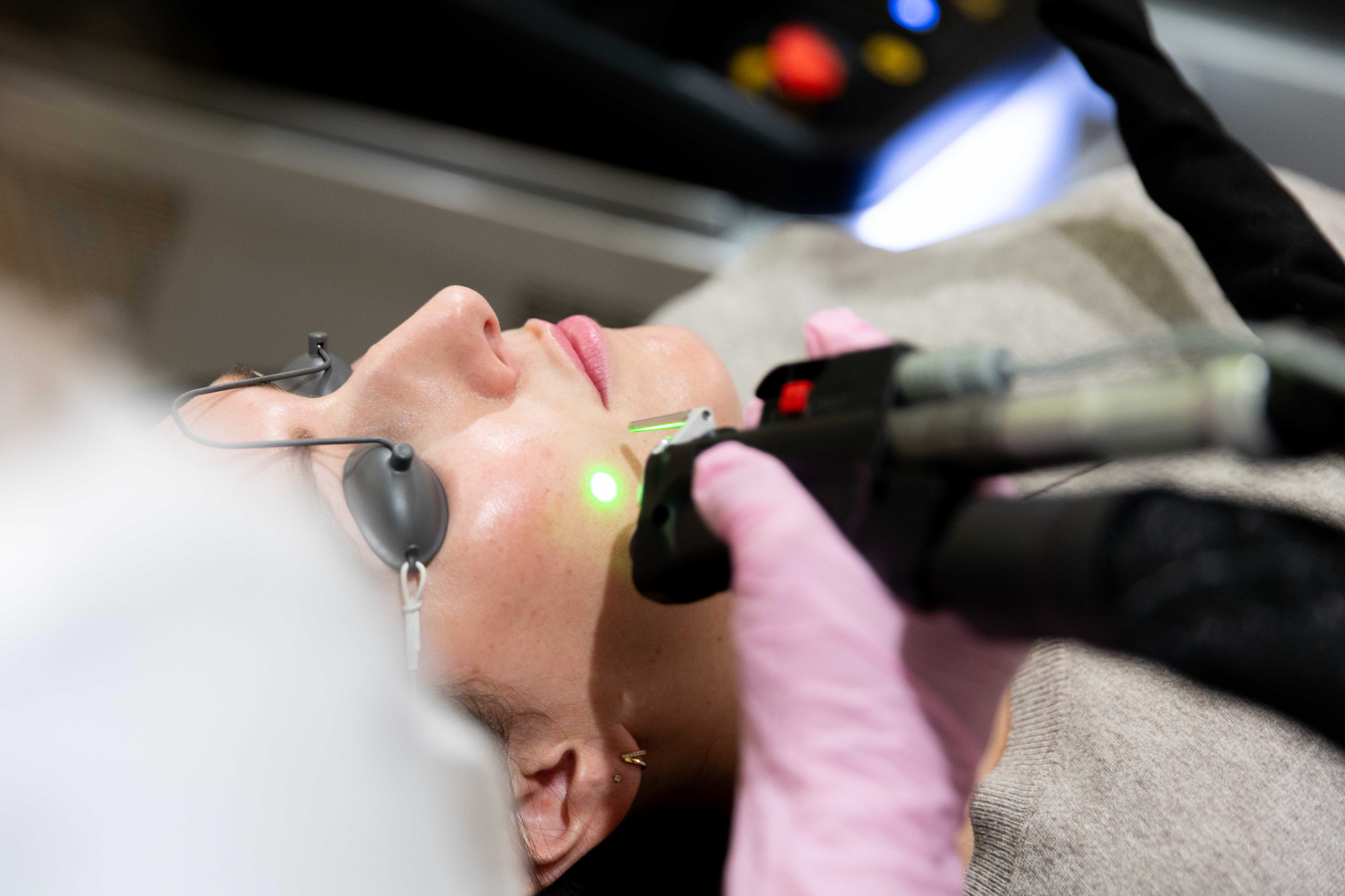
Laser tattoo removal is a popular option for people who want to get rid of their tattoos. However, it’s not as simple as just having the tattoo lasered off; there’s more to it than that. In this article, we’ll cover everything you need to know about laser tattoo removal—from how it works to what side effects you can expect.
How does laser tattoo removal work?
Laser tattoo removal works by breaking up the pigment in your tattoo. The light passes through the skin and into your tattoo ink, which then breaks down into tiny particles absorbed by your body. This process can take several treatments to remove a large or complex tattoo, but it’s generally effective at removing most tattoos with time and patience.
What does laser tattoo removal feel like?
Laser tattoo removal is a misnomer. It’s not removing your tattoo but rather breaking up the pigment into smaller pieces that your body will flush out through the lymphatic system. As a result, you may experience some discomfort during treatment:
- Pain is the most common complaint–but it’s also possible you won’t feel much!
- Swelling, redness and blisters are common side effects as well.
- Numbness or tingling may also occur after treatment as nerves regenerate in response to damage caused by laser light exposure over time (though this should subside within weeks).
- Bruising around treated areas is another possible outcome. This can be minimized by using ice packs on swollen parts immediately following each session of laser removal until the swelling goes down completely.
- Make sure not to shower for 24 hours after each session so you don’t wash away any residual ink particles that might still be present in your skin.
- Laser tattoo removal can be a long and painful process, but it is effective.
- Laser tattoo removal is a long, painful process that can take many sessions to remove a tattoo entirely. But it’s effective! The laser will destroy the ink in your skin, breaking down its molecules so they can be absorbed by your body’s lymphatic system and excreted through sweat.
This process can be uncomfortable and even painful–but it’s worth it if you want to get rid of your unwanted tats once and for all.
Reasons for Tattoo Removal
You got your first tattoo when you were 17; it was the coolest thing in the world. You showed off that ink to anyone who would look and then posted a picture on Instagram with a hashtag like #tattoosofinstagram or something.
Now, though? It’s been ten years since you got that tattoo—and there are so many reasons why it’s time to remove it from your body forever.
Spontaneous ink.
If you’re considering getting a tattoo, think about it for a long time. Many people get spontaneous ink and then regret it later in life. If you want a tattoo, make sure it will last forever and mean something to you throughout the years.
Tattoos are permanent, so if you decide that this is what you want for yourself as an adult, go ahead with confidence, knowing that this choice won’t change anytime soon.
Don’t be a stereotype.
Tattoos are no longer just for bikers and sailors; instead, they are becoming more acceptable in mainstream culture. Suppose you’re a professional or military officer. In that case, it may only be appropriate to have visible tattoos if they are part of your job description (like an artist or tattoo artist).
The name of your ex.
It would be best if you never got a tattoo of the name of someone you don’t plan on being with forever. It’s just a bad idea in general and can lead to regret later on if things don’t work out.
It’s too visible.
If you have a visible tattoo, it could be a matter of personal taste to get it removed. If your tattoo is on a visible area and the design isn’t something you like anymore, then getting it extracted may be the best decision for you.
Your tattoo is misspelled.
It can be embarrassing to have a tattoo with a misspelled word, especially if it’s on your arm or leg and you see it every day. If you get the name of the person you love spelled wrong, then there’s no way around it–the tattoo will need to be removed entirely so that the artist can fix it before they re-ink it correctly.
You’re no longer who you were at 17.
Considering getting a tattoo, think about who you are now. You are an adult, and your decision must reflect that.
If your tattoo is with you for the rest of your life–and let’s face it: most tattoos are–then think about how that will affect your future decisions. This may be a good choice at 17 but not so much at 30. Or vice versa: maybe this was never appropriate for anyone on earth and should stay under wraps forever.
There are many reasons to remove a tattoo; it’s a matter of doing it correctly and for the right reasons.
You can’t wear your favorite dress because it shows off your new ink in an unflattering way.
You want to change your look with a different style of artwork than what’s on your body right now.
Your significant other doesn’t like your tattoo and wants it removed so they can see more skin when they make love (it happens).
Whatever the reason is, here are some tips on how to go about removing those unwanted pieces of art from your body.
Conclusion
Laser tattoo removal is a safe and effective way to remove your unwanted tattoo. Dermatologists and other medical professionals with years of experience perform laser treatments. Your dermatologist will discuss various treatment options before starting the procedure so that you will know what to expect during each session.
At Peninsula Glow Medical Spa, every person should be able to make their own choices about their body. That’s why we offer tattoo removal services that can help remove unwanted tattoos from your skin. Our treatments are safe and effective and will allow you to reclaim your body as your own again.























